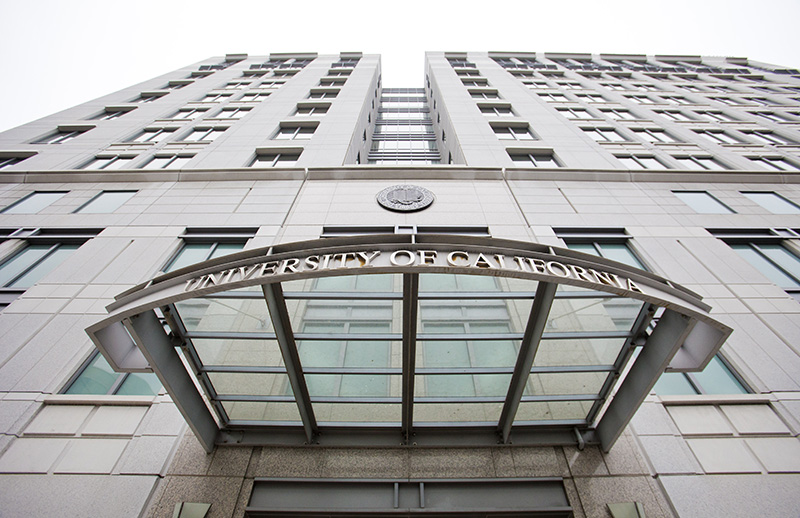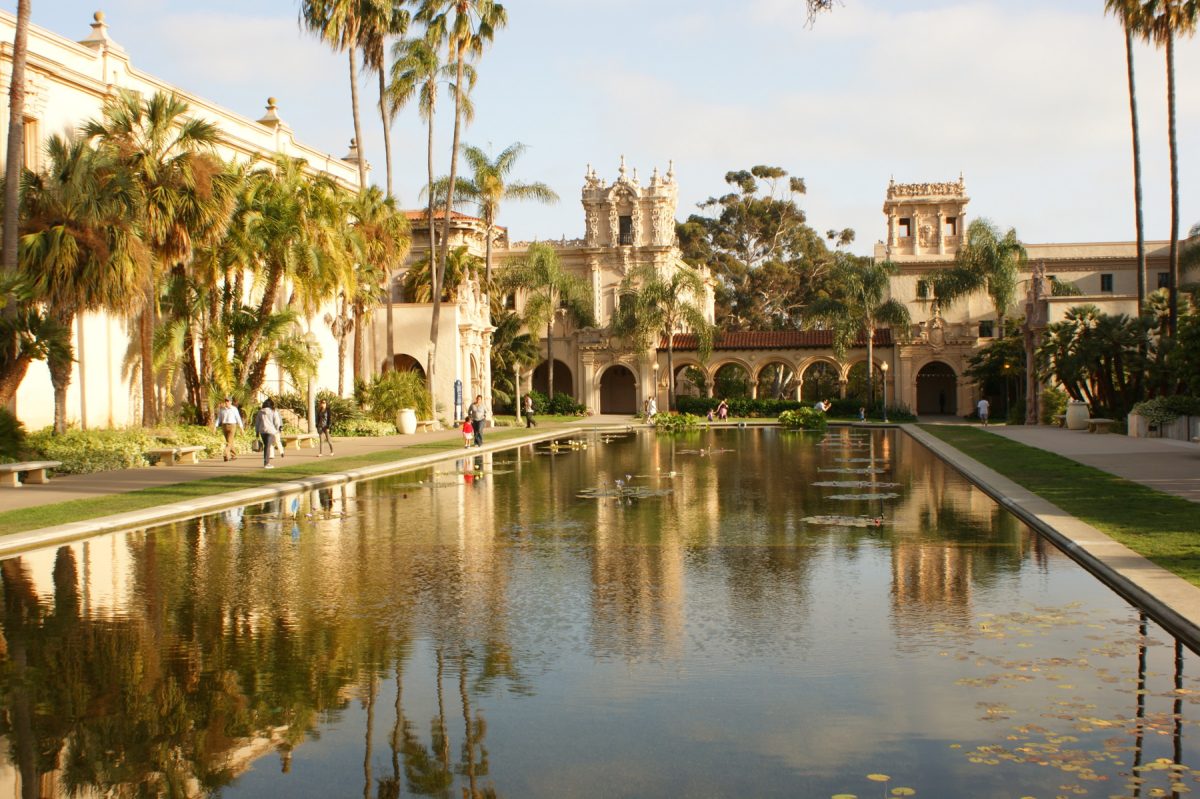Researchers from UCSD and Veterans Affairs San Diego Healthcare System published research that shows that a cholesterol-binding membrane protein in the brain can help improve learning and memory functions in mice on Oct. 7.
An associate professor at the Scripps Research Institute and co-first author of this study, Chitra Mandyam, discussed the impact of this discovery on age-related memory loss.
“This is a novel strategy for treating neurodegenerative diseases, and it underscores the importance of brain cholesterol,” Mandyam told the Scripps Institute.
According to VA researcher and UCSD associate professor Brian Head, researchers had discovered the protein-induced growths that improve on memory retention as part of an ongoing study. It took extra testing and research for the team at the VA and Scripps to find out if the growths served any specific function.
Brian Head, a researcher at the VA and an associate professor at UCSD, discussed how the team progressed from first finding the growth to then testing its functions, He explained that the process of making the connection between the Cav-1 protein and memory loss spanned 15 years.
“Our group has been studying the membrane protein [Cav-1] for quite some time, and we had some seminal findings a few years ago.” Head told the UCSD Guardian. “When we targeted this protein into nerve cells in cell culture, it caused the cells to grow and branch out and we never knew if this was a functional or just uncontrolled cell growth. We then designed an experiment … where we delivered this gene into a specific brain region known as the hippocampus, which is important to memory. What we found was that in adult mice … there was a significant improvement in learning and remembering.”
Head’s team believes that these findings can help lead to gene therapy that treats age-related memory loss and is currently testing this theory on mice at the VA medical center and Scripps Institute.
Head added that the results of this research could be applied to human subjects in the future, but the team has to gather more information before getting to that stage.
“We probably need some more preclinical data showing reversing a disease state, which is currently what we’re working on.” Head said. “Once we start showing potential reversal of those disease states, the next thing would be to gain some funding to support and turn this vector into a human grade vector that passes all safety guidelines … we’re thinking in the next five years we’ll be moving in that direction.”
The research published on these findings concludes that these results and new studies will provide a path for researchers to find better ways of treating age-related memory loss. The team has also found that understanding this protein and cell growth could help combat memory loss that is caused by drug and alcohol abuse, in addition to affecting other areas of the brain.






